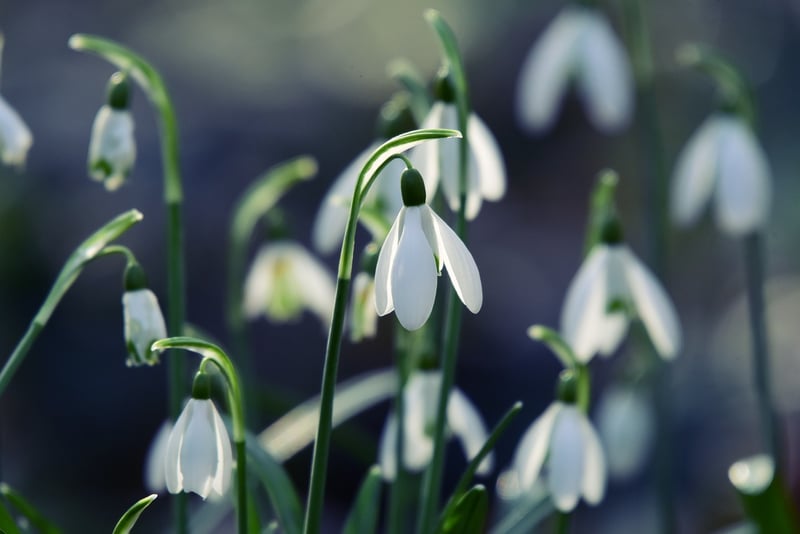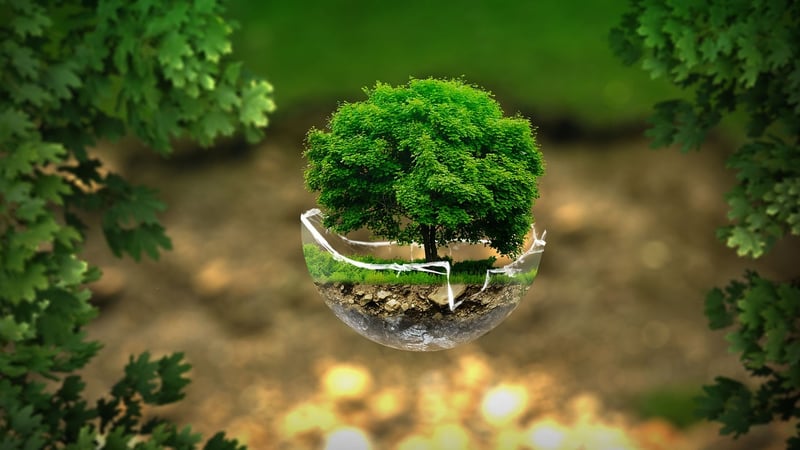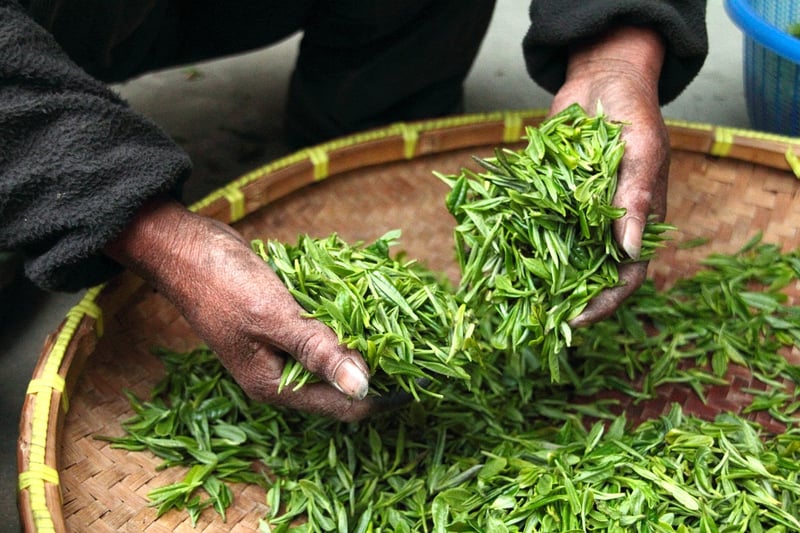Rainwater Harvesting
Environmentally Friendly Gardening and Rainwater Harvesting

The Importance of Environmentally Friendly Gardening
Environmentally friendly gardening, also known as sustainable gardening, is a practice that aims to minimize the negative impact on the environment while creating a beautiful and productive garden space. By using organic methods, conserving water, and promoting biodiversity, environmentally friendly gardening can help protect and enhance the ecosystem.
Benefits of Rainwater Harvesting
Rainwater harvesting is the process of collecting and storing rainwater for later use. This practice helps reduce the demand on mains water supply, conserves water resources, and reduces stormwater runoff, which can carry pollutants into waterways. By using rainwater for irrigation, you can save money on water bills and promote sustainable gardening practices.
How to Incorporate Rainwater Harvesting into Your Garden
- Install a rain barrel or tank to collect rainwater from your roof.
- Use a gutter system to direct rainwater into the storage container.
- Filter the collected rainwater to remove debris and impurities.
- Use the stored rainwater for watering your garden, plants, and lawn.
Tips for Environmentally Friendly Gardening
- Avoid using synthetic pesticides and fertilizers.
- Plant native species to promote biodiversity and support local wildlife.
- Compost kitchen scraps and yard waste to create nutrient-rich soil.
- Conserve water by using mulch, drip irrigation, and rainwater harvesting.
By combining environmentally friendly gardening practices with rainwater harvesting, you can create a sustainable and eco-friendly garden that benefits both your plants and the planet.
Start making a positive impact on the environment today by incorporating these practices into your gardening routine.

